Our savoury veggie puree differs from traditional sweet gels. Since it has a lower calorie density compared to gels with added sugars, it's important to consume it regularly to avoid falling into a calorie deficit. The body must process our veggie puree first to obtain energy from it, providing a continuous flow of energy for your endurance activity. We've ensured that we don't use hard-to-digest ingredients, and by mashing it, we've also made it easier for your body to digest.
The significant advantage is that your craving for a quick energy boost will decrease.
It's often the case that athletes don't take the gel until they realise their performance is declining. Due to the large amount of simple sugar, the body quickly regains energy, but this improvement is usually short-lived, until the next gel is needed. To avoid falling into a calorie deficit, you should start consuming it early during long trips, runs, or hikes.
My Fueling Strategy
If I've planned a long training run or gravel tour (lasting longer than 2 hours), I start eating in the first hour. Through numerous experiments and the experience gained, I've developed a strategy that works for me. Here's how it looks:
My goal is to consume between 150-250 kcal per hour. This doesn't fully compensate for the energy needed during running or cycling, as excessive intake may overwhelm your body.
After a certain amount of time on my feet, I can't recall when I last ate. So, I've developed a habit of eating at a quarter to the full hour to prevent energy crashes. This strategy has served me well during my ultras. Additionally, I drink an average of 500-800 ml per hour, with roughly equal parts of electrolytes and plain water. At aid stations, I also like to grab some loose, salty nuts. They provide even more calories, fat for satiation, and crucially, salt, which I need to replenish, especially during long sessions.
Your Fueling Strategy
My recommendation: test, test, test. Perhaps my strategy can serve as an initial guideline, and you can adapt it to suit your needs. However, everyone is different. It's important to determine how many calories you require, how much water you lose through sweat, and which foods are most digestible for your stomach. Practice this in your training sessions, and don't embark on a significant adventure without preparation; otherwise, you run the risk of it becoming a very short adventure, or of a different kind.
If you'd like to share your experiences with us, please feel free to write!

